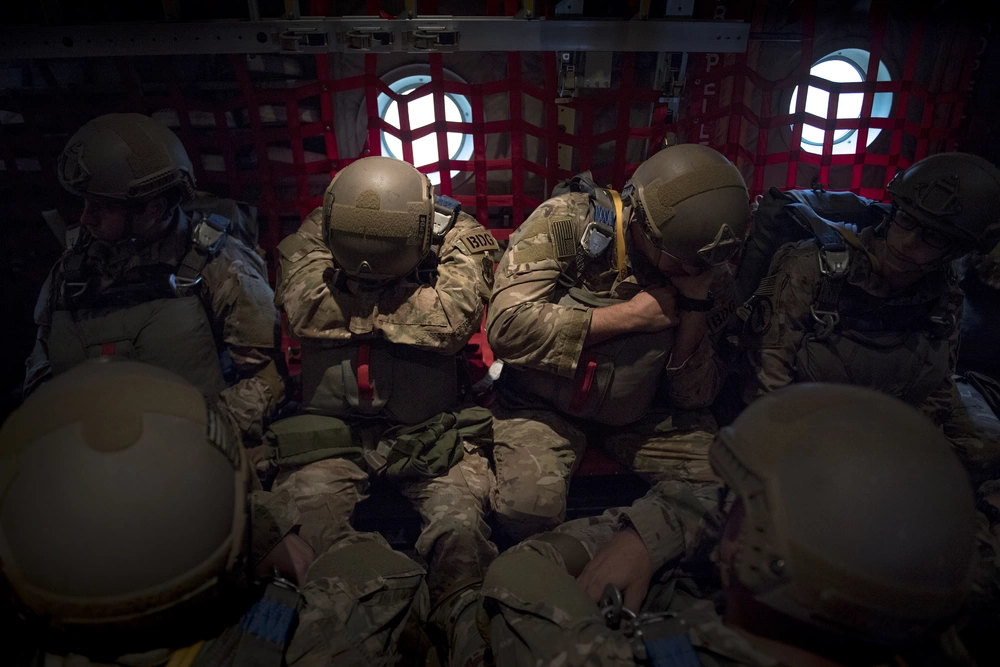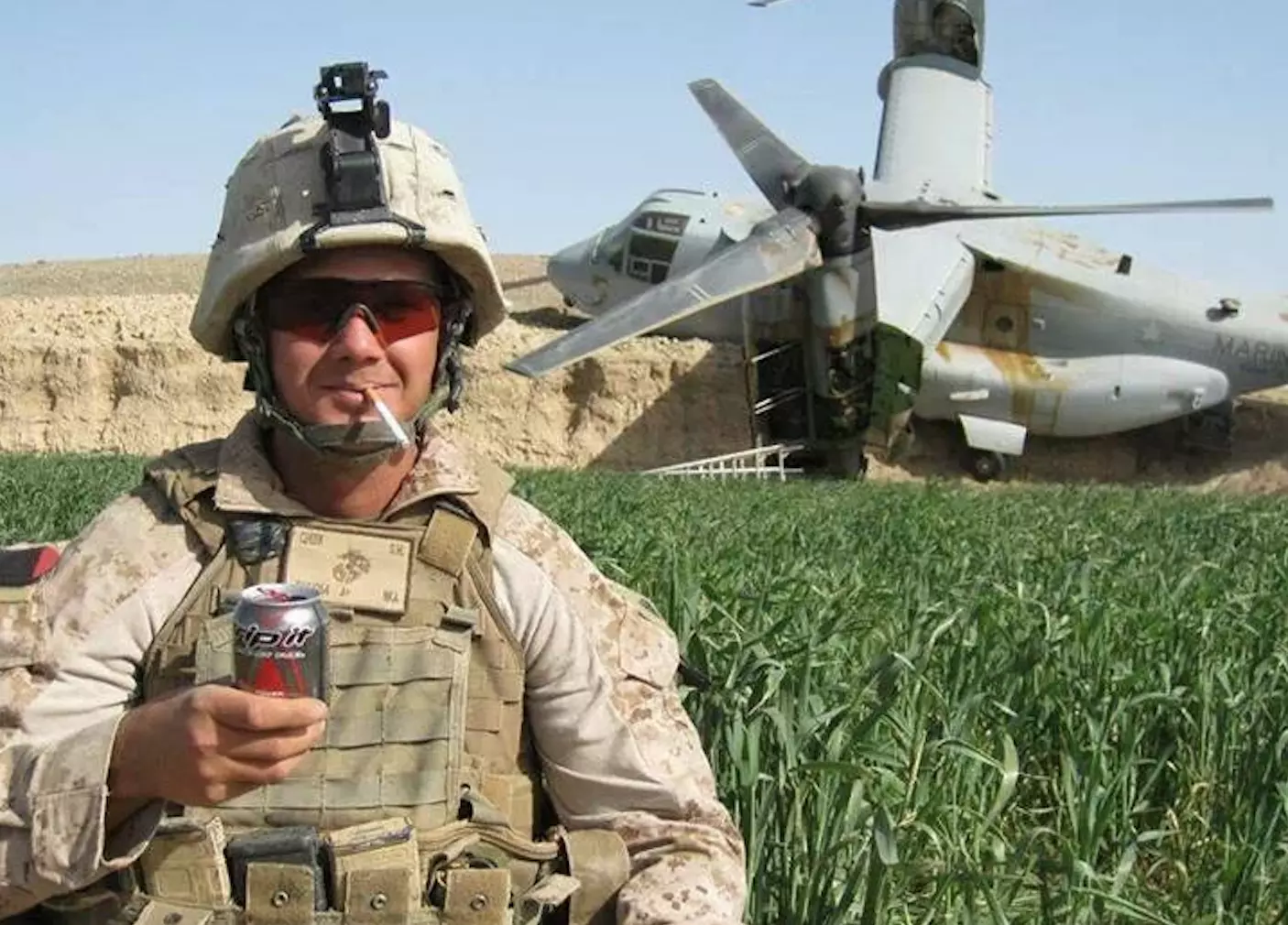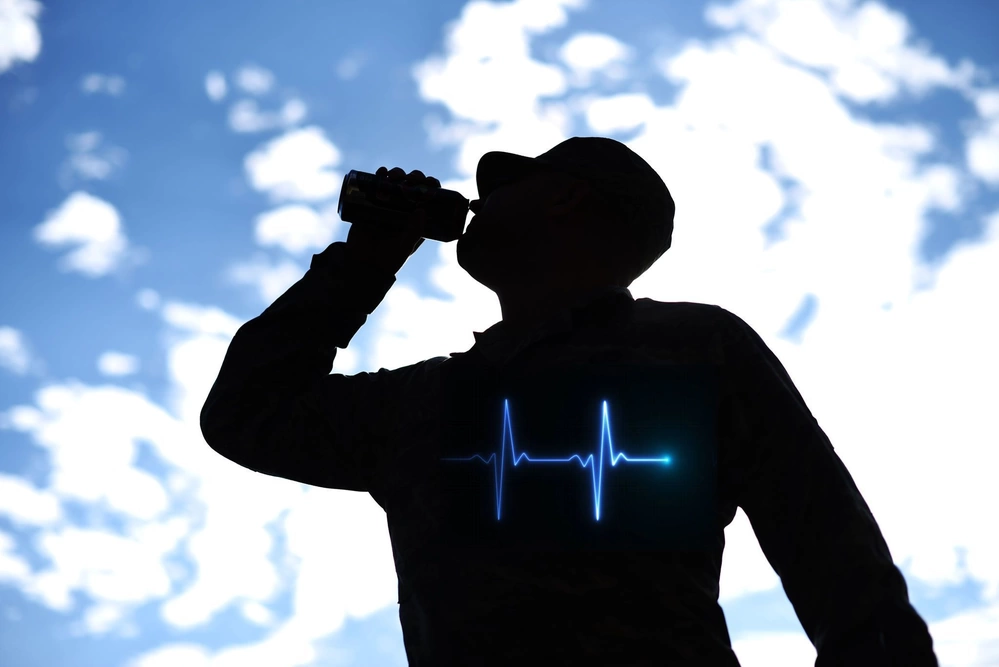Reportedly, when asked how many energy drinks troops in Ukraine needed, they answered “a billion.”
It’s oddly humorous, a little morose war humor in choosing such a number, but they have a point. They need those drinks. That might seem odd, but sure, a little caffeine probably helps here and there, right? To one who has never deployed, you may not realize that energy drinks are the unsung heroes of modern war. When you hear the phrase “an army marches on its stomach,” you likely assume that it refers to food. But in 2023, it means caffeine.
The boring reality of war

In my experience, war is about 1% fighting and 99% waiting around and doing manual labor. A unit doesn’t just set up shop and chill until its tour is over. There is always work to be done, sandbags to be filled, posts to be improved, trucks to load, and trucks to unload. If you aren’t patrolling or on a post, you are working at something or hiding.
Mix in physical labor with those post and patrol duties, and sleep becomes nearly nonexistent. My unit had a policy we called Pursue and Punish. Our operations tempo seemingly never slowed down, and we hit the ground running and only finished running when we climbed on the C-130 to leave. It wasn’t uncommon to go 36 hours without sleep, and 48 hours wasn’t record-setting.
Energy drinks combined with water and carbs kept us fueled up. It also helps to be 19 years old; (who knew pulling all-nighters with the boys at the barracks prepped you for war). And to make it through, we shoveled down the American military’s favorite energy drink at the time, Rip-It.
Related: Keep fit on deployment with these improvised workout equipment ideas
Rip-It becoming a staple of the GWOT

Rip-Its were America’s official energy drink. The National Beverage Company reached an agreement with the DoD in 2004 to provide the U.S. military with energy drinks. Famed for the small eight-ounce cans, they became a staple of the GWOT. Troops everywhere embraced a variety of flavors, and they became seemingly as necessary as water. My personal rule was to drink one canteen of water for every Rip-It energy drink I ingested.
After you get back from a 10-mile patrol, you might have had 20 minutes to get chow, water, and a couple of Rip-Its before you start an eight- to 12-hour post shift. Post is basically guard duty and you were often by yourself in a reinforced box. This provided force protection to your Combat Outpost or Forward Operating Base and prevented attackers from sneaking in.
Being alert and awake is tough to do when your entire body is screaming for rest. You can say fear is a motivating factor, but you can get used to anything. But falling asleep on guard duty is essentially a sin in the infantry as it puts everyone at risk. You owe it to yourself and your fellow troops to remain alert and awake. But this is easier said than done. A Rip-It and lots of water helped. In fact, I’d argue that Rip-Its and energy drinks, in general, have likely saved lives.
At the same time, consuming a lot of energy drinks can lead to abnormal electrical activity in the heart and higher blood pressure, according to a 2019 study by the American Heart Association.
Related: Still in Saigon: How a Vietnam War song can speak to all veterans
The drawbacks of coffee

What about coffee? Coffee is great but it’s not the best option as it requires some logistics. You need the coffee and water and a way to mix them together if it’s instant coffee. But let’s be honest: instant coffee is an instant turn-off. On the other hand, regular coffee requires hot water, a pot, and more and is even less logistically friendly than instant coffee. (Plus, the first sergeant said no coffee pots in tents since LCPL Schumaktelli burned one down.)
What’s more, a canned bottle of Rip-It can be tossed into a cargo pocket. If you do that with a cup of coffee, you’re gonna have a bad time. Rip-Its stay fresh for hours, and when the temps are cresting 100 degrees by 9 AM as they were in Afghanistan, who wants a cup of hot coffee?
If energy drinks and coffee were weapons, the classic coffee would be an M1 Garand — a great rifle, that has accomplished a lot. Energy drinks would be modern M4 rifles: sleekier, easier to use, more versatile, and a modern option for a modern war. But then, excessively consuming them comes with health risks.
Those guys in Ukraine are asking for a billion energy drinks because it’s likely what helps them make it to the end of the day. Caffeine certainly has its drawbacks, but in the short term, it’s a vital asset for forces fighting an exhaustive war.
Feature Image: U.S. Air Force Airman 1st Class Cameron Otte, 60th Air Mobility Wing Public Affairs photojournalist, drinks an energy drink Aug. 6, 2019, at Travis Air Force Base, California. In a study published by the American Heart Association, energy drinks may abnormally impact the heart rhythm and raise blood pressure in people as young as 18 years of age. (U.S. Air Force photo illustration by Staff Sgt. Christian Conrad)
Read more from Sandboxx News
- Martha Gellhorn: The only woman present on D-Day
- Watch: Chinese warship nearly collides with US destroyer near Taiwan
- The special operations that paved the way for D-Day
- The INSAS – Is this the worst assault rifle ever made?
- Army partners with Sandboxx to launch app that increases engagement with recruits and helps them prepare before basic training



